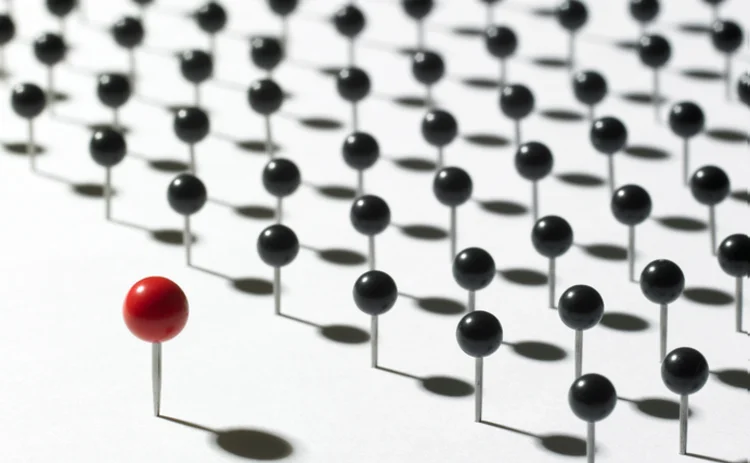
This article was paid for by a contributing third party.More Information.

One step ahead: Power price volatility in eastern Europe

GEN-I, named the top power dealer in eastern Europe in the 2017 Energy Risk Commodity Rankings, pursues complementary local and global strategies to respond to the challenges of renewables and regulation, and to profit from a turbulent energy market.
How did the price volatility seen in European power markets in 2016 affect the risk management needs of your clients?
Igor Koprivnikar: The market has been in transition for some time; due to decreasing prices and the ever-growing capacity of intermittent renewables, the relationship between wholesale participants and consumers is being transformed from a traditional supply market into a complete service providers’ market. Growing volatility in a short-term market is increasing market risk to utilities and producers, adding a greater burden to staying competitive. Therefore, there is more and more need to mitigate this risk by using dynamic asset management with advanced energy products, which simultaneously helps increase the expected return of our customers. By using these comprehensive management solutions, our clients can minimise market risk and maintain a competitive edge.
GEN-I is now the number one power trader in eastern Europe according to the 2017 rankings and moved up the list of the overall top 10 European power traders over the past year. How would you account for this change – have you adjusted your business model? Are there any external drivers?
Igor Koprivnikar: Fast-paced changes have transformed electricity markets, placing utilities, producers, industrial clients and consumers at the centre of our focus. Passive customers – be they utilities, producers or households – no longer have a competitive

advantage over their peers. We are developing tailor-made supply products, customised to fulfil flexibility requirements and other alternative supply solutions for optimising energy purchasing costs. Furthermore, the benefits of our diversified portfolio and its economy of scale are being shared with our clients, as GEN-I is committed to understanding their needs and delivering the best service for the optimal price.
Why is it important to balance global trading and local supply activities in the European power markets? How does this approach benefit your clients?
Igor Koprivnikar: Global presence allows us flexibility in customising the products, providing our clients benefits from the price optionality of the portfolio and the infrastructure GEN-I has built over the past decade. Our presence in numerous international electricity and gas markets, the knowledge in fundamental modelling and the portfolio intelligence we have been developing give GEN-I enormous potential in global portfolio optimisation. By accessing our platform, our consumers have insight into a global market development overview, so they can stay one step ahead of the competition.
What changes have you seen in the European power markets over the past decade? Are these changes sustainable?
Igor Koprivnikar: The greatest impact on the European power market was the inclusion of renewables – in terms of regulation as well as influence on prices. Long-term price development is increasingly influenced by regulation and subsidies. Lower volumes on long-term products – due to the ‘exit’ of banks from trading – less predictable markets and falling power prices have created an environment where producers’ long-term hedging is decreasing, while volumes on fundamentally based short-term and intraday markets are increasing. To profit from the opportunities arising from the daily changes and volatility of the fundamentally based short-term market, we have invested in sophisticated modelling infrastructure and a highly skilled team of market analysts who follow the market and weather developments, and make simulations using advanced algorithms.
What is your outlook for the European power markets in 2017? Do you anticipate similar levels of price volatility?
Igor Koprivnikar: We estimate that the low price levels seen from March to August 2016 are highly unlikely in 2017. Renewables are replacing conventional production, but the dependency on coal and oil/gas prices remains, while some conventional units have already been forced off the market due to lower prices. With the continuing growth of renewables – albeit at a slower rate – and slow decrease of conventional production, we expect short-term volatility to stay high in the near future. Due to the change in coal prices, the market in 2017 will be different from that of 2016. Southeastern Europe is lagging behind in renewable energy system installations, while lack of investment in competitive conventional energy sources could create a supply shortage in the case of unfavourable weather conditions, which, as we predicted, occurred in January 2017.
Sponsored content
Copyright Infopro Digital Limited. All rights reserved.
As outlined in our terms and conditions, https://www.infopro-digital.com/terms-and-conditions/subscriptions/ (point 2.4), printing is limited to a single copy.
If you would like to purchase additional rights please email info@risk.net
Copyright Infopro Digital Limited. All rights reserved.
You may share this content using our article tools. As outlined in our terms and conditions, https://www.infopro-digital.com/terms-and-conditions/subscriptions/ (clause 2.4), an Authorised User may only make one copy of the materials for their own personal use. You must also comply with the restrictions in clause 2.5.
If you would like to purchase additional rights please email info@risk.net